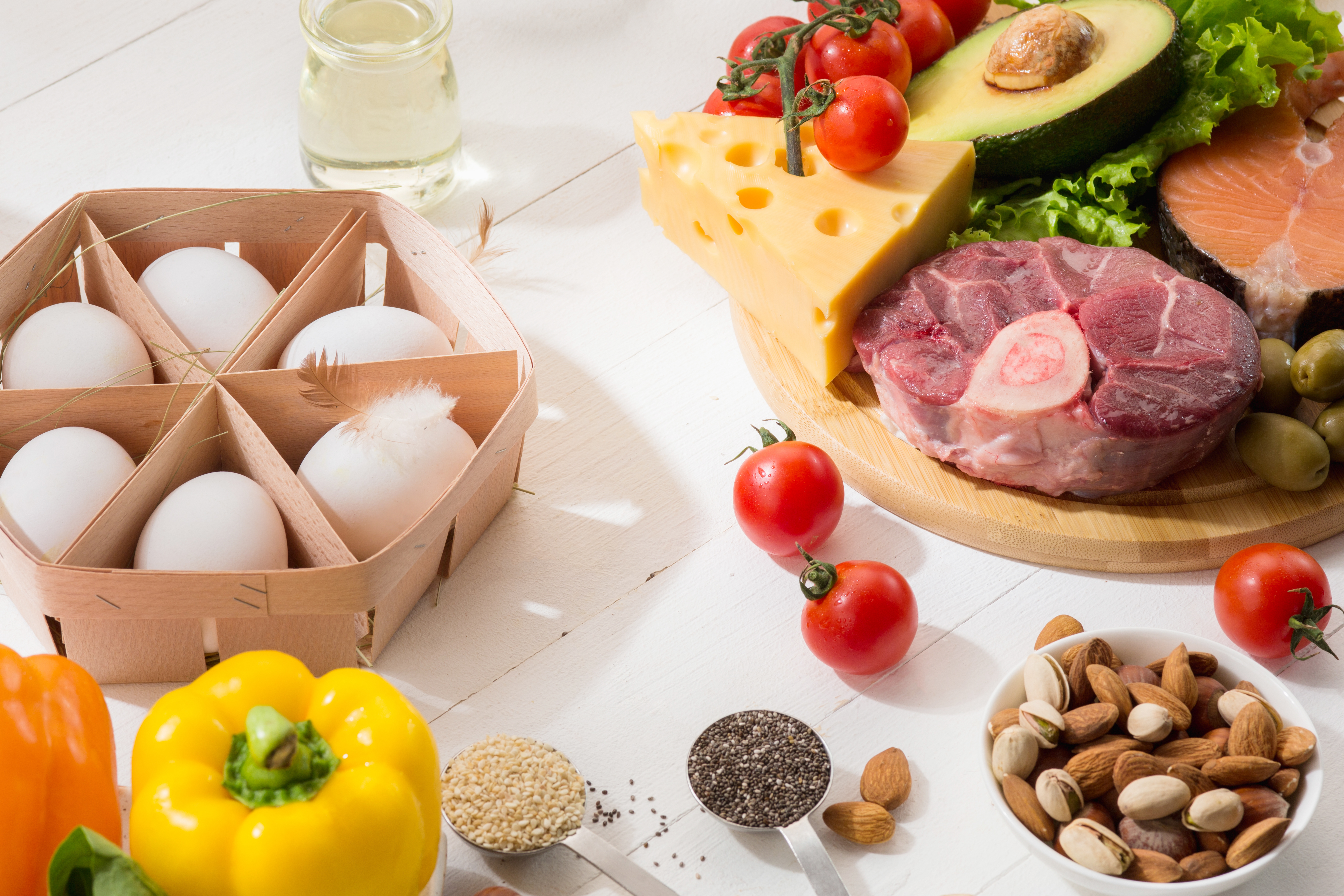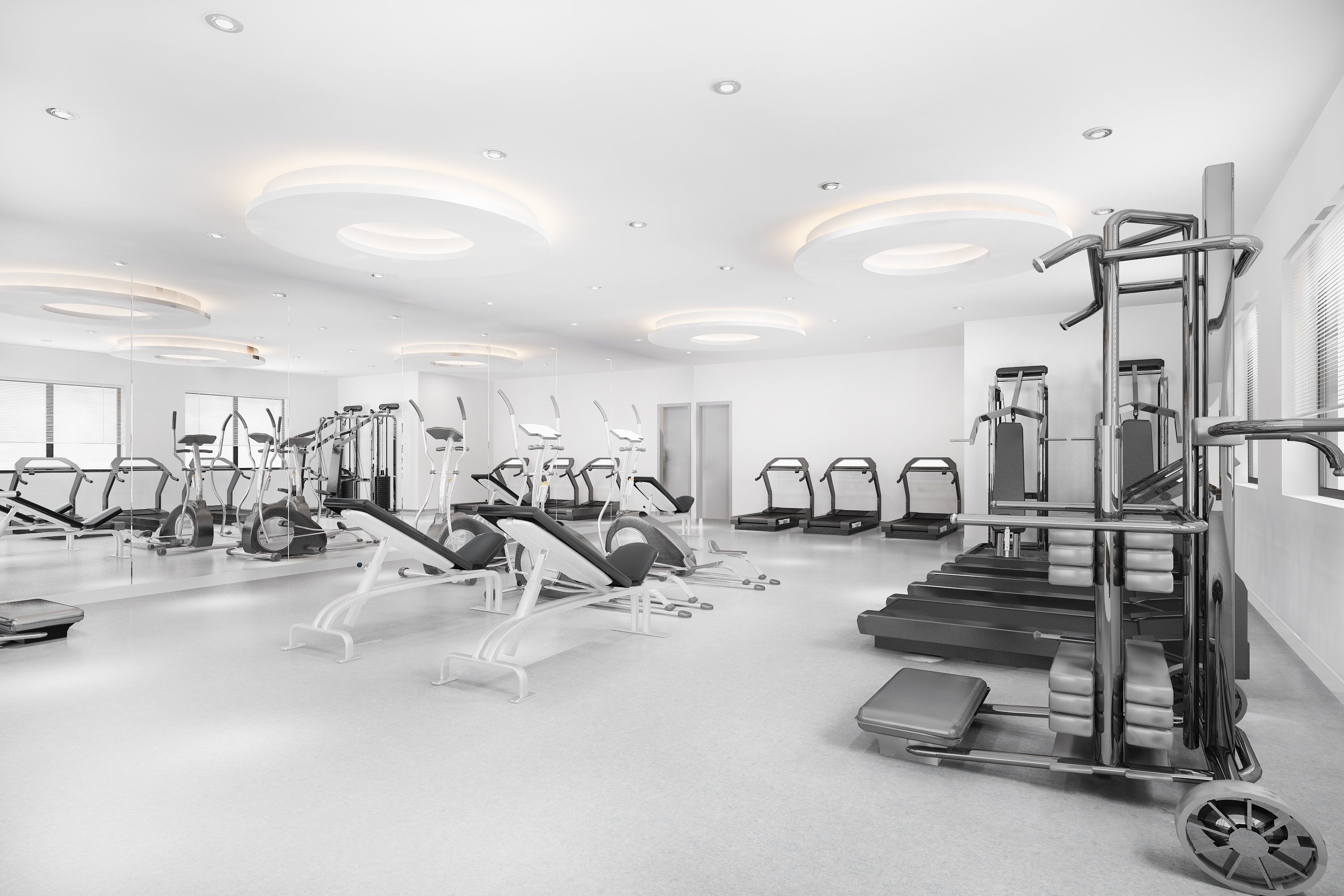Protein requirements in a weight loss phase can be very high.
Studies have shown that a high protein diet is a useful strategy to help lose weight and maintain as much lean mass as possible. A high protein diet could be a range from 1.6 to 2.0 grams of protein per kilogram of bodyweight. This means that someone that weighs 100 kg needs a protein daily intake of 160-200g resulting in a very large sum.
However, eating that much protein can feel extremely hard, and finding foods high in protein but don’t increase your caloric intake is even harder.
In this article, you can find my top 5 ways to add protein when you are in a weight loss phase. In other words, high-protein and low-calorie foods.
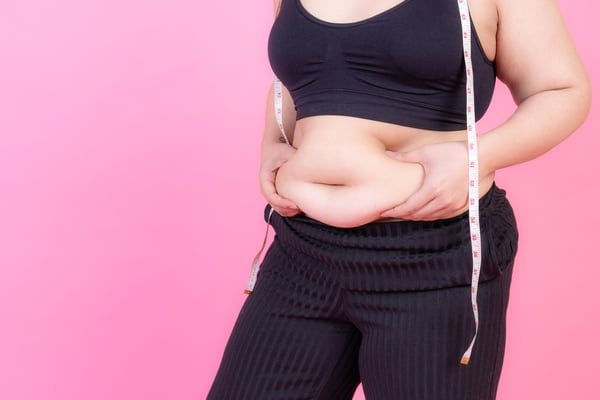
Body Composition
Nowadays, we understand the importance of body composition and not BMI.
One of the biggest mistakes people make when on a weight loss phase is focusing on weight only. If you are a person that regularly exercises and is looking to lose weight, there will be a point where you might not shed pounds, but you might lose some inches. Hence, focusing on body composition, in the end, is more important to determine if you are on the right path.
There are ways for you to measure your success rate. The easier way is by taking a picture. Having a visual representation of your weight loss journey helps you see all those changes that are happening. There are also more modern and accurate ways of measuring your weight loss. Now, you can find very accurate machines that give you a complete body scan analysis.
Whichever method you decide to use, remember to always take your measurements under the same conditions (time of day, etc.) and with the same method.
The Importance of Protein
Weight loss is achieved when you eat fewer calories than your body needs.
This can either be achieved by decreasing your food intake or choosing the right exercises (or a combination of both). Remember that your workout for weight loss can’t only come from cardio. It needs to be a combination of cardio and strength training to have the best results.
Although you need all three macronutrients (carbs, proteins, and fats) for a healthy and balanced diet, when you are losing weight, protein is what you want to pay more attention to.
One of the benefits of protein is that it slightly increases your Basal Metabolic Rate (BMR). These are the base calories that you need for your body to function. Protein is harder to digest than the other macros. This means that you end up increasing your BMR, resulting in burning more calories by doing nothing additional.
It also helps to increase and maintain your muscle mass. The importance of muscle mass is very clear, it burns more calories than fat mass.
Finally, since protein takes longer to digest, it stays longer in your stomach, which increases your satiety levels (the feeling of fullness). Those who end up eating more protein tend to feel hunger less often, leading to fewer calories.
Ways to Add More Protein: 6 Tips
Here are my 6 top tips on increasing your protein intake when you are in a weight loss phase.

1. Use a Protein Shake
One of the easiest ways to include more protein into your diet is by adding a protein shake. Their benefit is that they are easier to carry around, and they only contain protein. They don’t add up the carbs or the fats. An essential trait is when your calories are limited.
Since protein shakes are very versatile, you can add them to shakes, to your pancakes, for baking, to your oatmeal. Pretty much to anything sweet that you need to increase your protein intake, you can add protein.
If you have a hard time sleeping at night, a protein shake with some milk can help you add nutrients and go to sleep.
There are several things that you can mix with a protein shake. You just need to be careful to control the portion sizes of those things you add and count them into your total daily calorie intake to ensure that you don’t surpass your calories.
Tip. Keep an emergency kit in your car packed with protein shakes. This way, if you are running errands and you can’t seem to find a high-protein meal, you can opt for your protein shake.
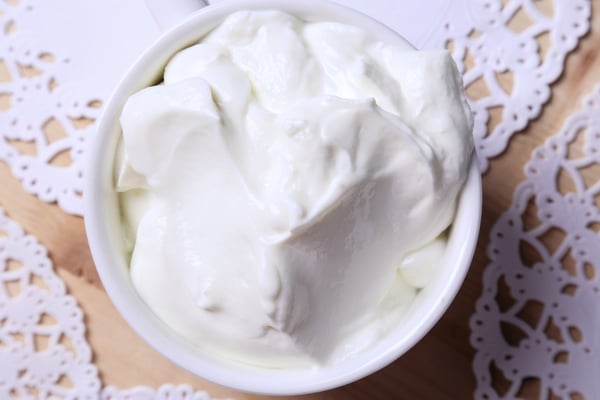
2. Take Advantage of Greek Yogurt
Greek yogurt is another excellent choice when trying to increase your protein intake. The benefit of Greek yogurt over any other dairy (like milk or yogurt) is that it only offers protein (if you choose the non-fat version). The carbs it provides are very small compared to milk or yogurt.
You can use Greek yogurt in several ways. You can use it as a sour cream replacement. It offers the same texture and flavor as sour cream. This way, you can significantly reduce the calories coming from fats and increase protein.
You can have a high-protein breakfast by having some Greek yogurt with berries and nut butter.
Finally, you can create high-protein ice cream using Greek yogurt. Mix some Greek yogurt with fruit and stevia (or any other sugar-free option). Place it in your freezer, and you have healthy, high-protein ice cream for you to enjoy on those hot days.
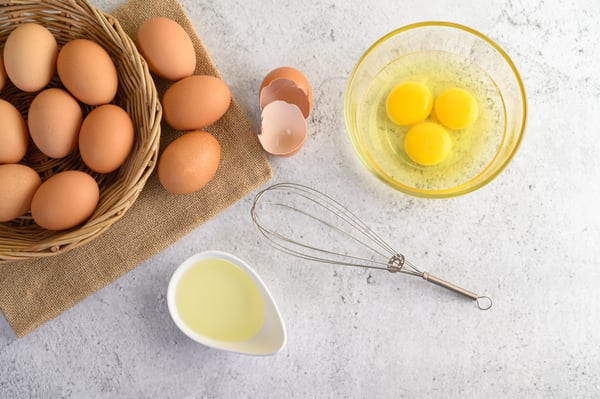
3. Add Egg Whites
Egg whites are a good option since they are a lean protein. Although there is nothing wrong with having the whole egg, those on a weight loss journey might find more benefits of using only the whites (for example, more protein and fewer calories).
Egg white can be used in almost any preparation. You can use them in your breakfast with some veggies (to increase fiber intake and provide more fullness) or add them to your protein shake. This last one might sound a little bit weird, but I can assure you that it is perfectly fine to drink egg whites. If you are worried about the taste, add them to your protein shake to have an extra boost of protein.
Finally, if you are looking for other ways to increase your protein, add them to your oatmeal. Heat a pan and add some oatmeal (less than ½ cup), 1 cup of your favorite milk, and some egg whites. Cook it in low-medium heat, making sure you constantly whisk the mix. Add your favorite flavors (cinnamon, vanilla, or nutmeg), and you have a high-protein bowl of oatmeal.
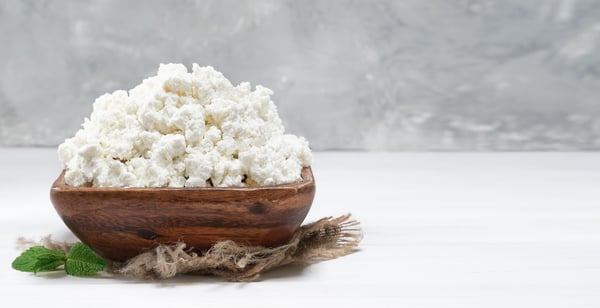
4. Cottage Cheese for Creaminess
Cottage cheese can be a great way to increase your protein intake. When shopping for cottage cheese, make sure to opt for the low-fat version to avoid adding calories. We need to keep a low-calorie count since we are in a weight loss phase.
Cottage cheese can be used in multiple ways. When you are making some low-carb pancakes, you might want to add some cottage cheese to make them higher in protein and extra creamy.
If you are a fan of cream cheese but don’t want to add energy-dense food into your weight loss diet, you might want to try cottage cheese. Place the cottage cheese in a food processor with some water, and mix it up until it has a creamy texture. Now you have high-protein cottage cheese, and this option significantly reduces the calories and creates more energy.
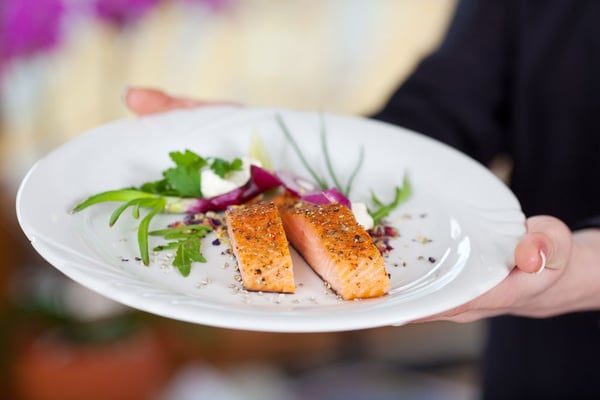
5. Have High Protein Carbs
Finally, if you are looking to increase your protein intake, you can switch the carbs you have for those higher in protein.
For example, if you have a small portion of rice, you might want to substitute it with quinoa. An option that is higher in fiber and protein. Thus increasing your satiety levels, which means you won’t feel hungry during the day.
You can also use legume-based pasta. Usually, ½ of pasta only has 1-3 g of protein, while the legume pasta can have 5-8 g per serving. Remember, it can be easy to surpass the portion size when we are talking about pasta. Make sure to measure it, and if you feel that the portion is too small. You can always add veggie pasta (like zucchini noodles) to increase the volume.
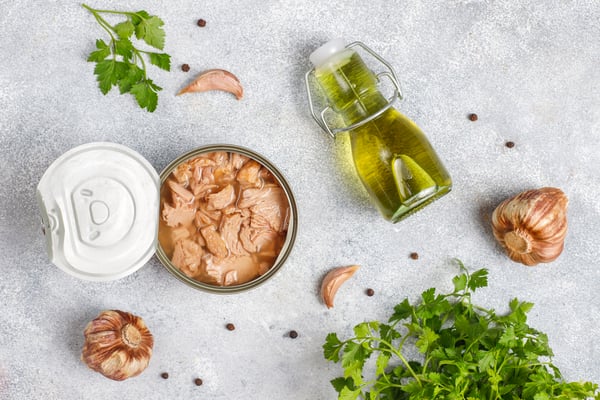
6. Tuna Cucumber Slices
Finally, the best way to increase your protein intake is by finding snacks that are high in protein. Ham and cheese are a great option, but if you are looking for something less processed, you can opt for tuna cucumber slices.
Grab a can of tuna, add some lemon juice and some mustard (optional), add some onions and mix it up in a bowl. Cut some cucumbers into slices. Place some of the tuna mix on top of the cucumber slices.
Now you have a morning or afternoon snack that is low in calories and is high in protein—the ideal combo when you are in a weight loss phase.
The Bottom Line
Whichever option you decide to use, it is calculated within your total daily macros. Eating more calories than your body needs leads to weight gain. Opt for those foods that are low in calories but high in protein to help you achieve the best weight loss possible.
About The Author

Brenda Peralta is a Registered Dietitian, certified diabetes educator, and sports nutritionist. She has experience making meal plans for a wide range of clients, providing nutritional coaching services, and giving feedback to startups in the health industry.


